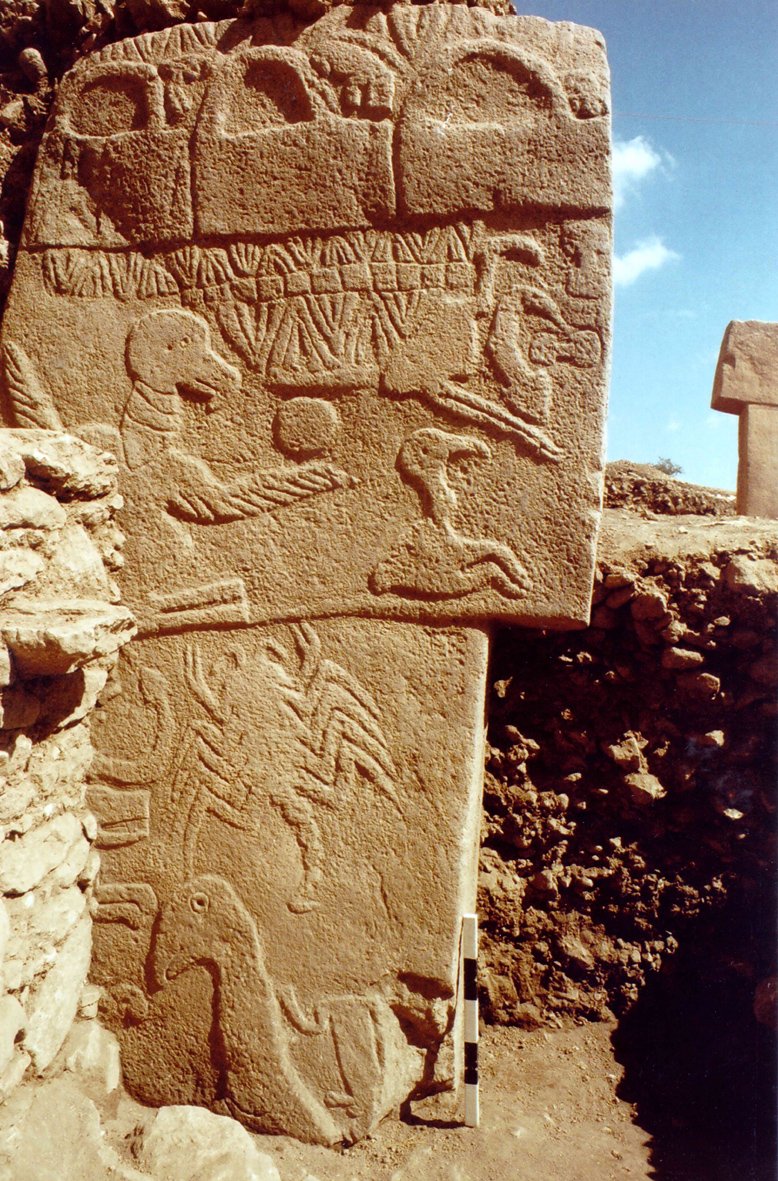3400 year old song from a cuneiform tablet
The tablets from the Syrian city of ancient Ugarit (modern Ras Shamra) about 3400 years old, had markings called cuneiform signs in the hurrian language (with borrowed akkadian terms) that provided a form of musical notation. One of the texts formed a complete cult hymn and is the oldest preserved song with notation in the world.
the song, it turns out is in the equivalent of the diatonic "major" ("do, re, mi") scale. "We are able to match the number of syllables in the text of the song with the number of notes indicated by the musical notations". This approach produces harmonies rather than a melody of single notes. The chances the number of syllables would match the notation numbers without intention are astronomical.
This evidence both the 7-note diatonic scale as well as harmony existed 3,400 years ago flies in the face of most musicologists' views that ancient harmony was virtually non-existent (or even impossible) and the scale only about as old as the Ancient Greeks, 2000 years ago. "This has revolutionized the whole concept of the origin of western music
Why Do Scales, Keys and Harmony Exist?
At the earliest times in musical development, a sense for "melody" would not have occurred overnight. Prior to it, music often was the playing of single notes, assigned to various rituals, such as one gong for moon, another for sun, another for death, birth, etc., and played without much or any regard to their succession as musical melody of any sort. Scales might even be virtually non-existent as was harmony.
What is harmony for? After all, a single tone is more "pure" than any combinations of tones or chords, which are cluttered with overtones that are usually dissonant with each other. Why did humanity bother to add, to the relatively clean single tone, "harmony" notes (and therefore, greater dissonance)?
The answer is that harmony's function has evolved mostly to make the notes of melodies "connect" or to make their connection to each other melodically more apparent to the ear by making their common inner overtones audibly explicit in chords. It follows that harmony had no reason to exist among any people who are lacking scales. Scales are, historically, "congealed" or "generic" melody in the abstract.
Once scales developed (especially a favoured two, major and minor), then we are looking at a people for whom connections between notes is very important. The agenda is whether melody is important enough for them to overlook the dissonant elements in chords (compared to their purer, more consonant single tones), so as to allow them to use chords in the enhancement of their melodies. Only after the full scale and melody develop first can harmony even begin to appear on this historical agenda. The oldest song dates this agenda far earlier in time and gives to the diatonic scale a near-universal status not formerly ascribed to it.
"Tonality", which is defined as a "loyalty to a keynote", is also exhibited in the oldest song by repeating phrases found at the end of sentences, usually on the same note as the keynote of the tune.

